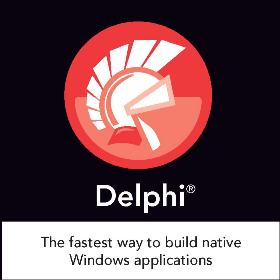
#Quick report for delphi xe2 professional property windows
Data-aware components live at design timeĭelphi 2, released in 1996, supported 32-bit Windows environments and bundled with Delphi 1 to retain 16-bit Windows 3.1 application development.TObject, records, component, and owner memory management.Early Borland years (1995–2003) Borland Delphiĭelphi (later known as Delphi 1) was released in 1995 for the 16-bit Windows 3.1, and was an early example of what became known as Rapid Application Development (RAD) tools.

After much debate and many market research surveys, the Delphi codename became the Delphi product name. Shortly before the release of the Borland product in 1995, Novell AppBuilder was released, leaving Borland in need of a new product name.

However, the Borland marketing leadership preferred a functional product name over an iconic name and made preparations to release the product under the name Borland AppBuilder. One of the design goals of the product was to provide database connectivity to programmers as a key feature and a popular database package at the time was Oracle database hence, "If you want to talk to Oracle, go to Delphi".Īs development continued towards the first release, the Delphi codename gained popularity among the development team and beta testing group.

Borland developer Danny Thorpe suggested the Delphi codename in reference to the Oracle at Delphi. Early Turbo Pascal (for MS-DOS) was written in a dialect of the Pascal programming language in later versions support for objects was added, and it was named Object Pascal.ĭelphi was originally one of many codenames of a pre-release development tool project at Borland.


 0 kommentar(er)
0 kommentar(er)
